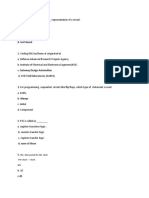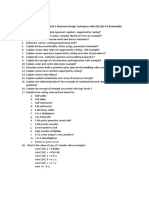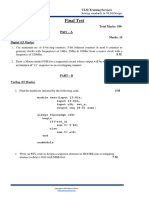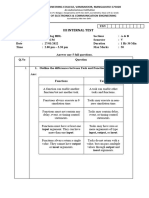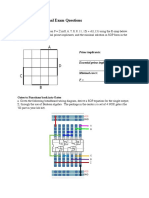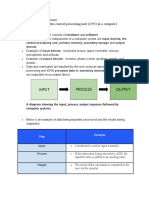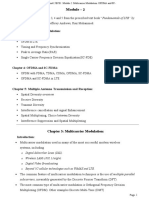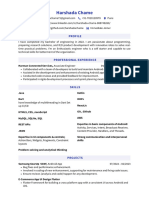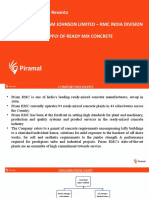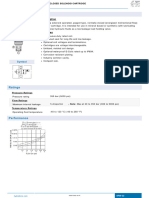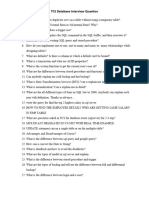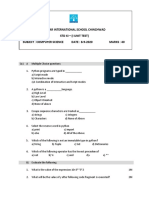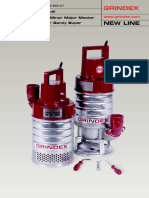0% found this document useful (0 votes)
55 views43 pagesThree in One Vlsi Interview Guide
The document is a comprehensive VLSI interview guide tailored for various roles in digital design, including verification engineers and RTL designers. It contains advanced interview questions and answers on topics such as metastability, pipelining, logic synthesis, and Verilog coding examples. Additionally, it covers practical implementations and concepts essential for VLSI job seekers and professionals.
Uploaded by
Thanushsaran SCopyright
© © All Rights Reserved
We take content rights seriously. If you suspect this is your content, claim it here.
Available Formats
Download as PDF, TXT or read online on Scribd
0% found this document useful (0 votes)
55 views43 pagesThree in One Vlsi Interview Guide
The document is a comprehensive VLSI interview guide tailored for various roles in digital design, including verification engineers and RTL designers. It contains advanced interview questions and answers on topics such as metastability, pipelining, logic synthesis, and Verilog coding examples. Additionally, it covers practical implementations and concepts essential for VLSI job seekers and professionals.
Uploaded by
Thanushsaran SCopyright
© © All Rights Reserved
We take content rights seriously. If you suspect this is your content, claim it here.
Available Formats
Download as PDF, TXT or read online on Scribd
/ 43




